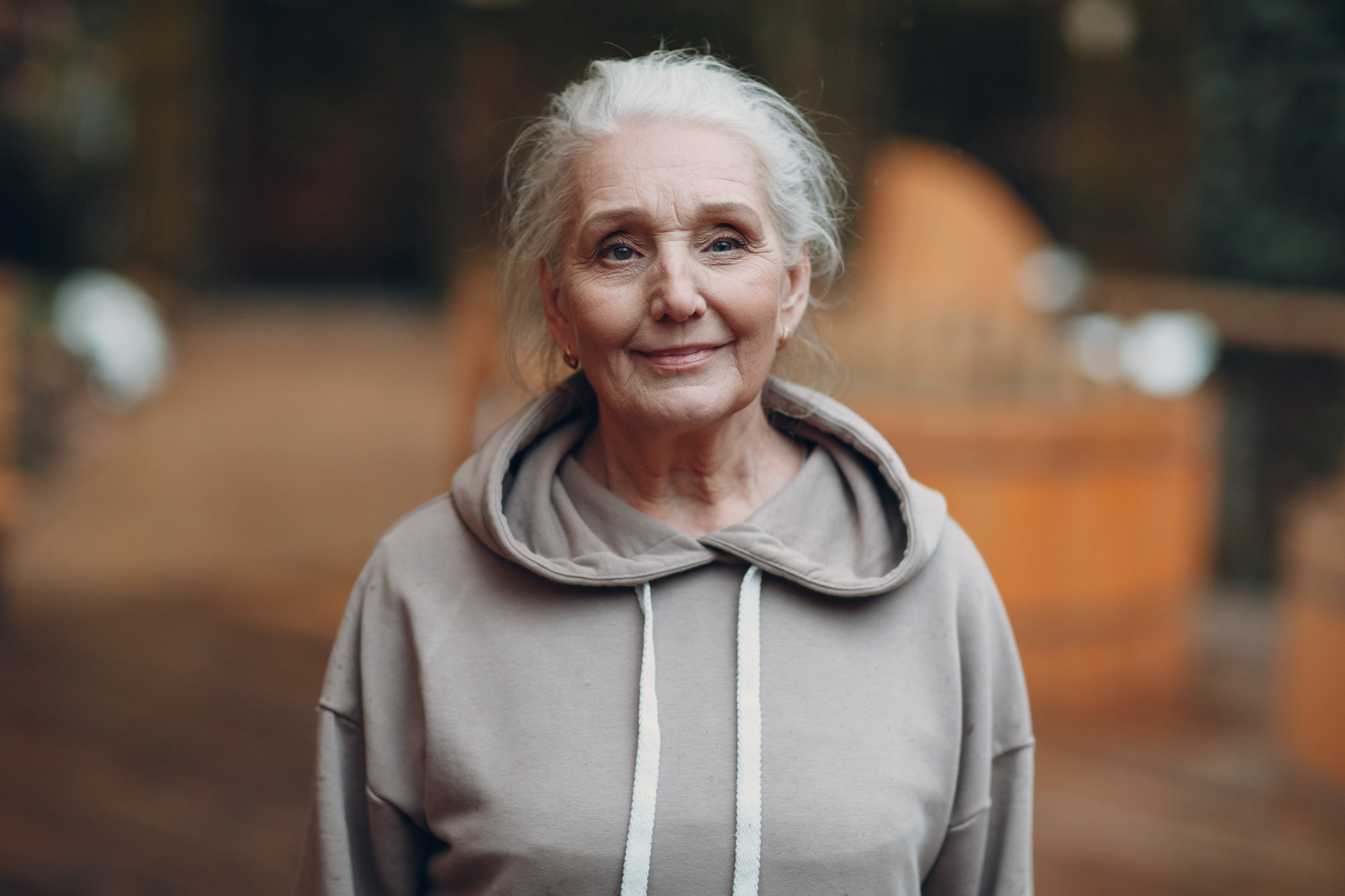
Age Spots
Age spots—also called brown spots, liver spots, or solar lentigines—are a common sign of aging. These flat, oval patches of pigmentation usually appear on sun-exposed areas like the face, hands, arms, shoulders, and feet. They are most common in people over 40 and can vary in size from small freckles to over half an inch wide, with colors ranging from light brown to black. Clusters of spots may create the appearance of larger patches.
Book OnlineWhat Causes Age Spots?
Age spots primarily result from long-term exposure to ultraviolet (UV) rays from the sun. Other factors include tanning beds, skin injuries, and genetics. Individuals with lighter skin tones or a history of frequent sunburns are more prone to developing age spots.
How Are Age Spots Diagnosed?
Typically, age spots are harmless and do not need treatment. However, if a spot looks unusual or changes rapidly, a doctor may perform a biopsy to rule out skin cancer. It’s important to have any spot checked if it:
- Has very dark or uneven coloring
- Changes size or shape quickly
- Becomes itchy, red, sensitive, or bleeds
Treatment Options
Although age spots are not harmful, many choose to lighten or remove them for cosmetic reasons. Available treatments include:
- Freezing with liquid nitrogen (cryotherapy)
- Topical bleaching creams
- Microdermabrasion
- Laser skin resurfacing
- Chemical peels
Because these treatments are cosmetic, they are usually not covered by insurance.
Preventing Age Spots
To prevent new age spots or stop existing ones from darkening, avoid prolonged sun exposure and apply broad-spectrum sunscreen regularly. Wearing protective clothing and wide-brimmed hats adds extra defense against UV damage.
